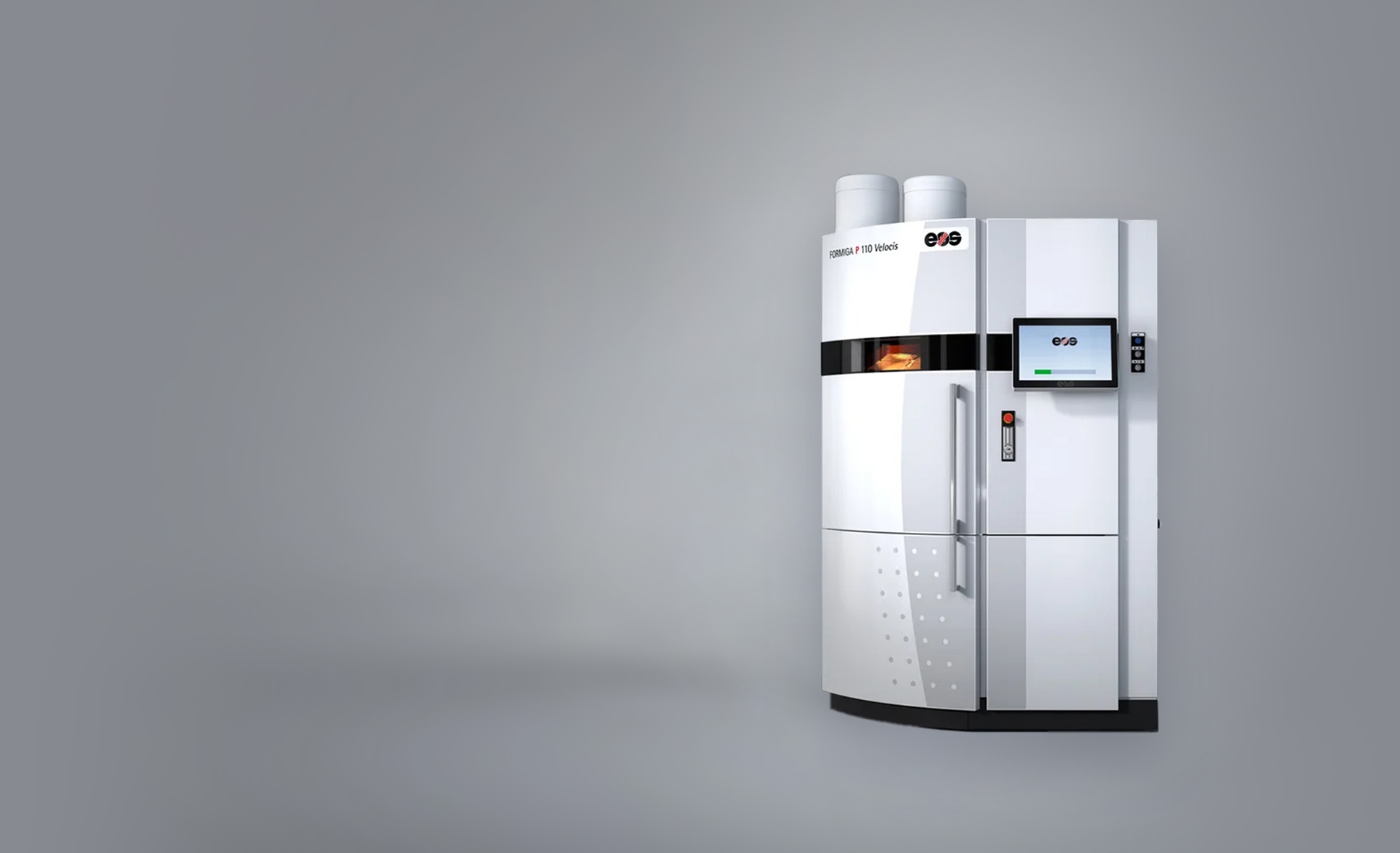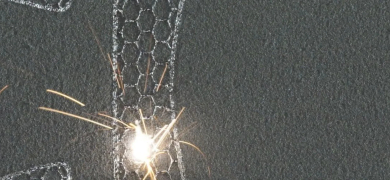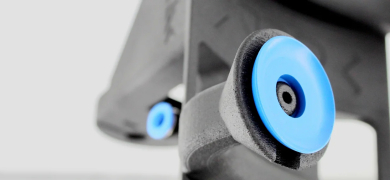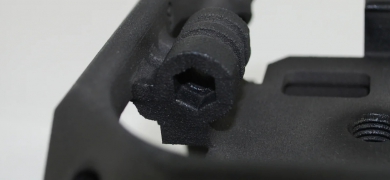

FORMIGA P 110 Velocis
The Established Entry-Level System
Build rate of 1.2 l/h with a packing density of 5%
Series production of small to medium-sized components
Extremely user-friendly
Full Cost Control
The only running costs are the material and electricity you use. This results in low operating costs that are easy to calculate. Auxiliary materials such as binding agents are not required.
Proven Quality
The established industrial 3D printer has set new standards on the market thanks to its high reliability and reproducible part properties.
Quick & Easy
The machine is low-maintenance and requires very few accessories. Parts are application-ready immediately after unpacking and blasting. No post-processing steps are required.
Technické údaje FORMIGA P 110 Velocis
- Construction Volume
- 200 x 250 x 330 mm (7.9 x 9.8 x 13 in)
- Building rate
- up to 1.2 l/h
- Laser Type
- CO₂; 30 W
- Precision Optics
- F-theta lens, high-speed scanner
- Scan Speed
- up to 5 m/s (16.4 ft/s)
- Power Supply
- 16 A
- Power Consumption
- typical 3 kW, maximum 5 kW
- Machine Dimensions (W x D x H)
- 1,320 x 1,067 x 2,204 mm (51.97 x 42.01 x 86.77 in)
- Recommended Installation Space
- min. 3.2 x 3.5 m x 3.0 m (126 x 138 x 118 in)
- Weight
- approx. 600 kg (1.323 lb)
- Software
- EOS ParameterEditor, EOS RP Tools, PSW 3.6
Compatible materials
 3D Printing for Better Insight
3D Printing for Better Insight
Additive Manufacturing of Custom Glasses Frames
Every person’s face is as unique as their personality. To meet the highest fitting standards, glasses frames need to be made to measure. However, they are comparatively expensive to manufacture by hand.
Industrial 3D printing can change this. As an alternative to traditional manufacturing processes, it offers a range of advantages.
 Industrial 3D Printing for Automation and Robotics
Industrial 3D Printing for Automation and Robotics
Additive Manufacturing for Handling Systems
Automation is moving forward, and all types of production and intralogistics processes are becoming increasingly networked thanks to digitalization. Robotics and gripping systems play a key role in this. But gripping technology in particular is constantly facing new challenges. Additive manufacturing makes it possible to address rapidly changing market trends in a targeted manner.
More information → 3D Printing in Practice
3D Printing in Practice
Housings for Electronic Components
Having a stable housing protects the interior. Robust cases are often essential, especially for sensitive electronics. They need to be strong and properly sealed, while also fitting as closely as possible, and they need to be manufactured quickly enough to achieve short production cycles. However, with the injection molding process, manufacturing housings with these properties is only viable in very large series productions.
More information →

